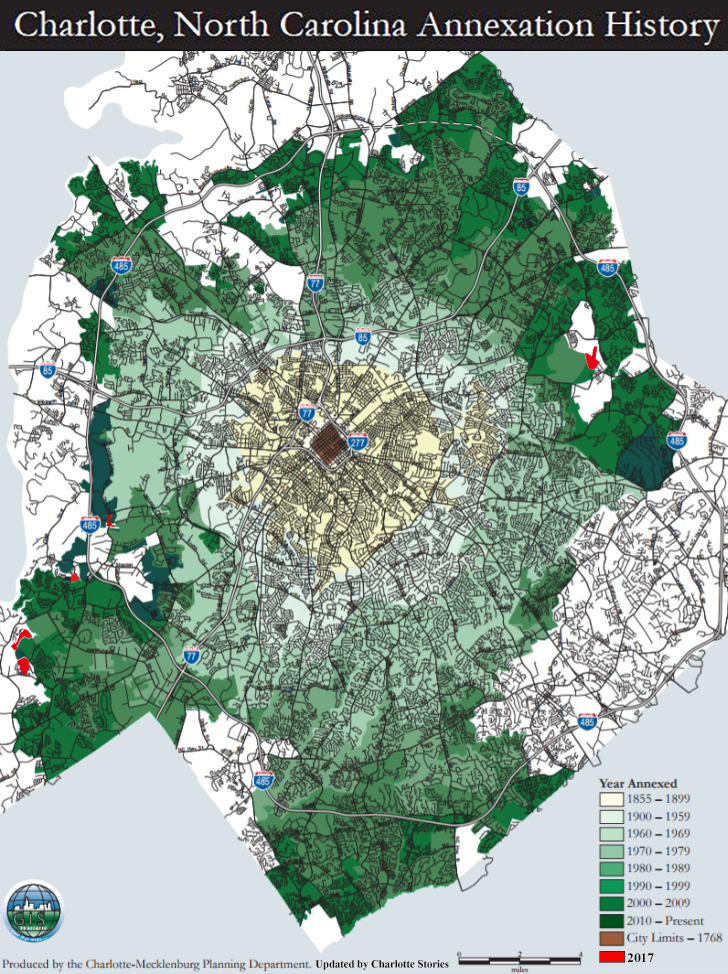

Needs satisfied in one District will not automatically be satisfied in another, as will resources available in one District won't be usable by another. There can only be one District Center in any given District, so the planned expansion must be segregated from any existing Districts before building the District Center, either by District Gates or by simply removing linked paths.Įach District has its own Population, Needs and Resource pool.
TIMBERBORN DISTRICT DISTRIBUTION LIMITS FOR FREE
In order to establish a new District, a new District Center must be built which can be done for free and without a builder. Eventually the line will end, even if a path continues, indicating the District's limit. As the line continues, it will change color from green to red, red indicating you are reaching the limit of what that District Center can reach. When a District Center is selected, a Path Line will extend from it indicating the extent of the District's boundary. District Path Networks cannot cross each other, requiring a District Gate to separate them. You send food from the farming district, but using the post limits you make sure your dumb beavers don't send away all their food, starve, and therefore stop producing food.Īlternatively if you have a district where you are producing gears, you keep supplies in reserve so that even when you are sending things to other districts for construction projects you can still keep making more gears because you still have logs and planks.Each District has its own Path Network, originating from the District Center and extending out to all paths connected to it. One reason to use post limits is if you, once again, have a farming district and another district separate. In fact, it can technically be used as a warehouse with the specific amounts of each item in it as long as the items come from a different district. All the food is made in another district, but rather than having a warehouse with 2000 carrots you have a drop off point (or several, lets face it they are efficient storage) that the hungry beavers take directly from. It can also be used if you want a satellite district, maybe with no farms. that supports at least 6 beavers which can get you a working district in no time.


For instance, I like to use 20 each of 3 different food items, 50 water, and 20 each of gears, planks, and logs. Rather than having to build storage and farms and lumberyards and all that, you can set the specific amounts of each object until you can sustain the district on it's own. One reason to use the drop off point limits would be if you are just starting out a new district. And if it didn't, please let me know and I'll try to explain it better. I really hope this helped clear up your question. You can't set 150 for District 2 and 400 for District 3. If you're using District 1 as a hub to send berries to District 2 and District 3, those two will only ever maintain 300 berries. So, even if you have four large warehouses set to only hold berries, you'll only ever have 300 (so long as you're relying on the shipments).Īnd a side note here: (Info here edited because it was incorrect) Distribution limits are set per district. The "High" number - If this is set to 300, when District 2 has a stock of 300 berries, District 1 will stop shipping them till their stock falls below that number. It's the minimum amount that will be kept in that district regardless of what the routes are. The "Low" number - If this is set to 100, that means District 1 will not ship berries to District 2 if their stock reaches that number. When you tell the Distro Post to ship berries (or whatever item) to "that" Drop-off Point, it will do just that, move berries from one district to the other. You build a Distribution Post in District 1, set up a Drop-off Point in District 2. So, to my understanding, this is how it works.


 0 kommentar(er)
0 kommentar(er)
